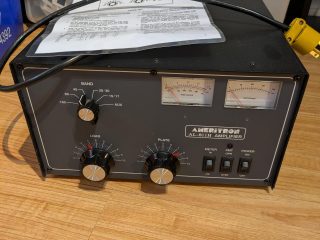Ohm’s Law Refresher
Featured!Popular!
- Info
- 3 months ago
- by Don Rosberg VE7DXE
- Tips and Tricks
- Victoria, British Columbia, - West Coast
- 430 views

Wrong shortcode initialized
Contact
Location
Victoria, British Columbia, - West Coast
Online Now
- Phone: 2503808401
- QRZ Validation
- Callsign: VE7DXE
Related Listing
Popular!
Never Miss a Deal - Sign Up for the New Listing Alert!
- 2 weeks ago
- Victoria, British Columbia, - West Coast
- Tips and Tricks
Popular!
Advanced Amateur Radio – Not Sure Where to Start?
- 3 weeks ago
- Victoria, British Columbia, - West Coast
- Tips and Tricks
Popular!
How to Save on Canada Post Shipping
- 4 weeks ago
- Victoria, British Columbia, - West Coast
- Tips and Tricks
Popular!
Use Authentic Photos: Showcase Your Actual Gear for a Safer Transaction
- 4 weeks ago
- Victoria, British Columbia, - West Coast
- Tips and Tricks
$1,234
Popular!
Seller and Buyer Reviews
- 1 month ago
- Victoria, British Columbia, - West Coast
- Tips and Tricks
$0
Featured!Popular!
Understanding the Components of an HF Station: A Beginner's Guide
- 3 months ago
- Victoria, British Columbia, - West Coast
- Tips and Tricks
Popular!
Is Your Manual Tuner Acting Strange?
- 1 year ago
- Victoria, British Columbia, - West Coast
- Tips and Tricks








